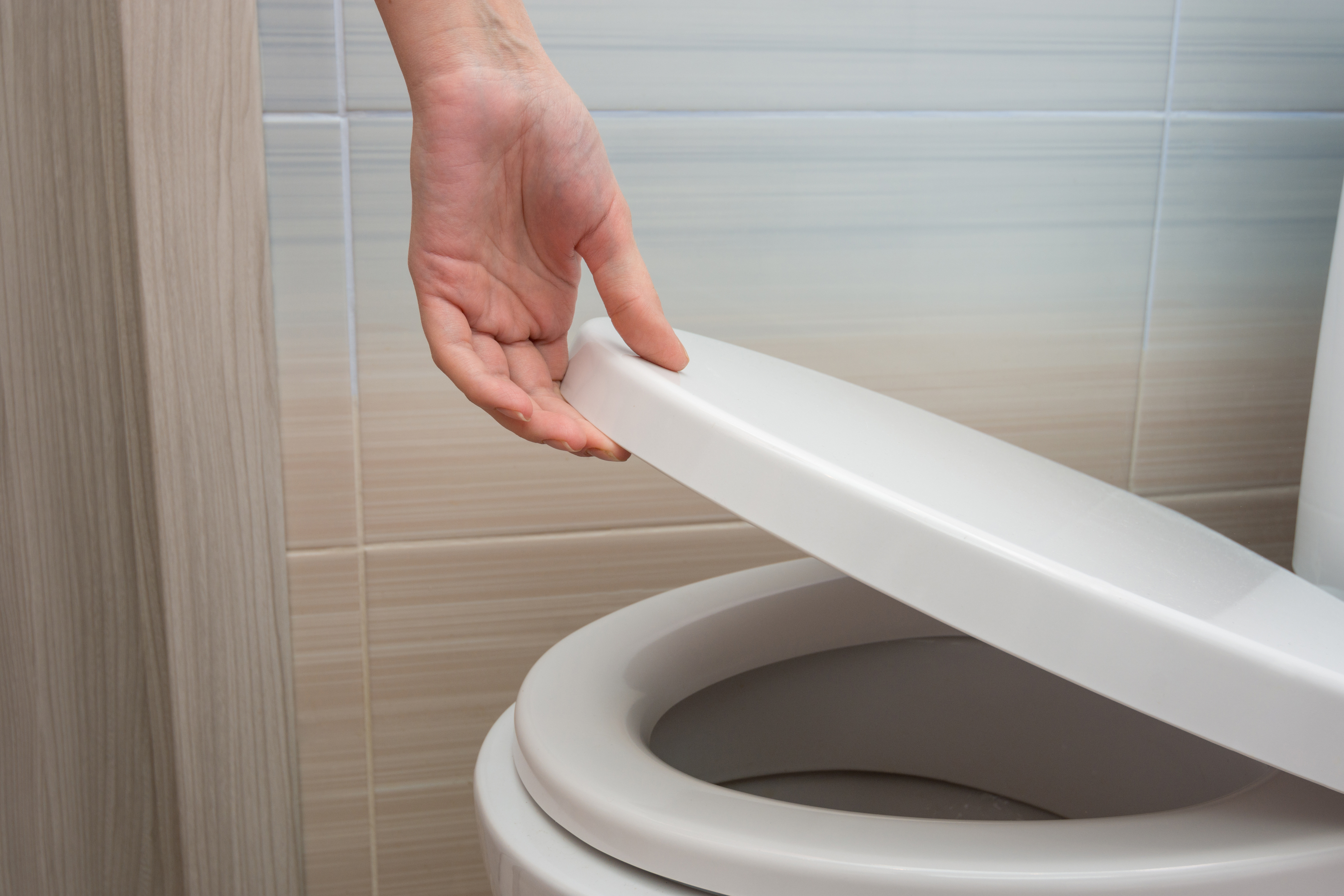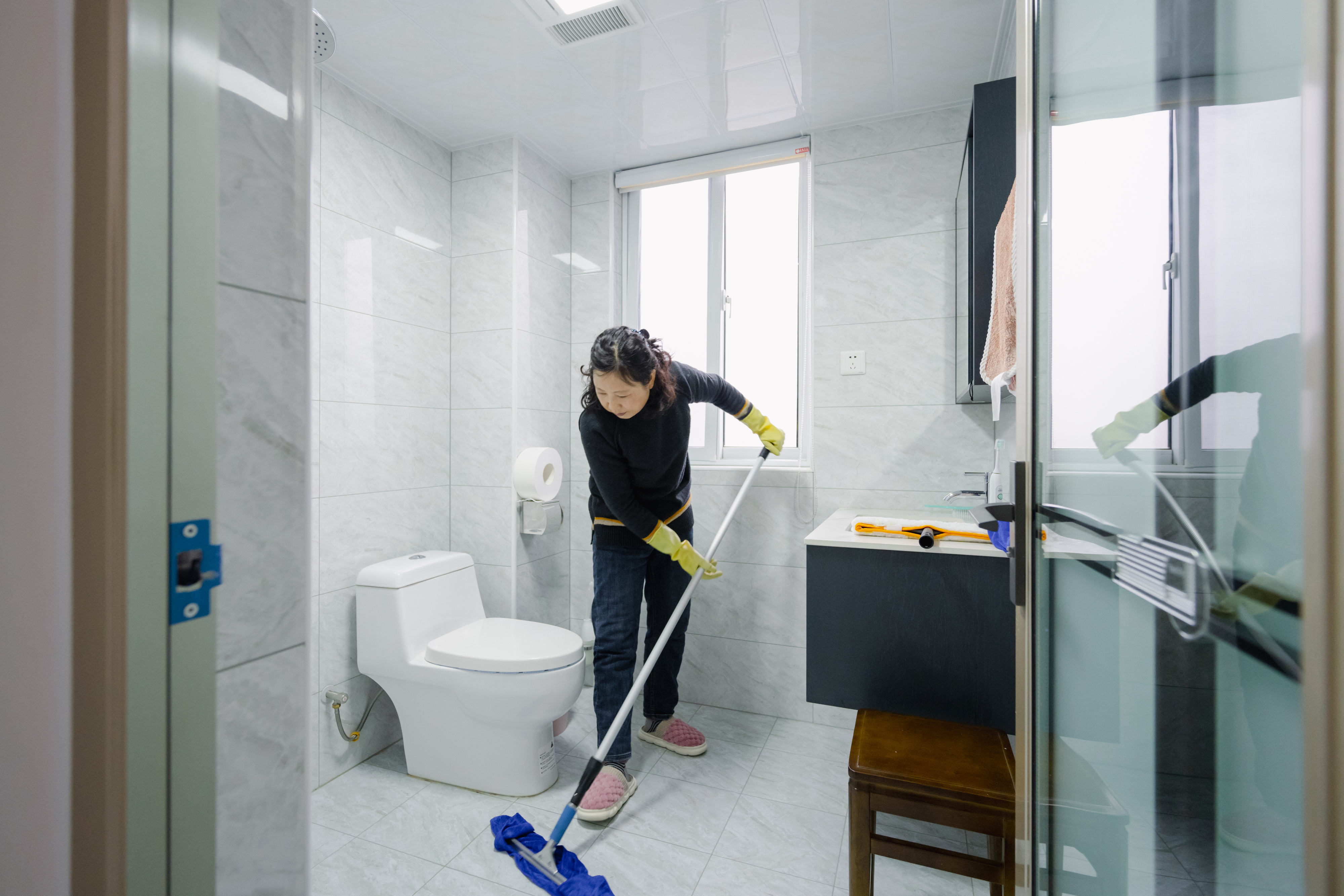Plus , how often you actually need to be strip your lav .
A wise philosopher once noted , “ everybody poops , ” and if you live in the United States and many other parts of the world , you ’re plausibly using a sewer when you do .
So just how germy are they ? And what can we do to keep our toilets , our bath , and ourselves as faecal - matter - innocent as possible ?

That ’s what we — Raj Punjabi and Noah Michelson , legion ofHuffPost ’s “ Am I Doing It Wrong ? ” podcast — asked microbiologistJason Tetro , aka “ The Germ Guy,”when he lately chatted with us about the grossest parts of our bathrooms and how to vanquish the high-risk germ that might be expand in them .
“ There are trillions and trillion and trillions of microbes that are essentially part of you , ” Tetro , the generator of“The Germ Files”and“The Germ Code,”told us . “ The majority of them happen to be in your gastrointestinal organization … As you might expect then , the majority of seed that we ’re going to encounter in any household befall to be in the sewer . ”
Many of those bug are harmless , but some can make us sick . Even though our toilets do a gravid job of capturing and winnow out our waste material , rogue “ poo mote ” ( a decidedly non - scientific terminus Michelson used ) can still escape the bowl — specially if we do n’t keep out the lid when we flush .

“ This first started [ to be studied in 1976 ] , and the whole thought was , is there something that ’s come out of the john when you flush it if you do n’t keep the palpebra down ? ” Tetro said . “ [ Back then we called it ] a ‘ plume . ’ So it ’s not ‘ poo particles , ’ it ’s a plume of droplet in the air . ”
Scientists placed petri dishes around a lavatory , even it multiple times , and looked to see if anything sprouted .
“ certain enough , within six feet of that lav , you had microbe that were growing because that ’s the droplet ’ twain , ” Tetro said .

“ Let ’s jump to today , because we now have had the ‘ Austin Powers ’ movies , and as a termination of that , what are we going to use to be able to identify poo droplets ? A freakin ’ laser , ” he said laughing .
After using lasers to map toilet plumes , scientist sustain that they can plunge as high as six feet in the air and the spraying can shoot down as far as six feet from the pipe bowl .
“ Within six foot of your toilet is normally your soup-strainer , ” Tetro noted . “ When you think of it from that view , then you start to start to realize that if you ’re not exit the lid , then what ends up materialize is that plume of droplets that contains your poo particles are getting onto things that are going to be touching your face and going at bottom of your mouth . ”

That ’s bad word because , as Tetro explained , “ those fecal microbes can potentially get infection and other problems . ”
Though a fond plume could still escape from the slope of the seat even with the eyelid down , Tetro assured us most of the spray would be contained .
“ If you keep the chapeau closed and you do stop up with a slight bit of a feather fare out of the position , it ’s just essentially gon na drop , ” he allege . ” [ Just ] ensure that you ’re scavenge the floor around your toilet . ”
What about scavenge the lavatory itself ?
“ If you were to be capable to swob a [ pot bowl ] and then run that on a petri dish , you ’re probably going to get a bunch of bacteria , but most of those are go to be environmental because it ’s from the piddle , ” Tetro said . “ The ground for that is because pot do what they ’re supposed to do , which is to withdraw whatever is in the arena — other than the plume — and take it down into the drain . So , in that sense , you really do n’t need to interest too too much about contamination and ontogeny and all that clobber . ”
What we do take to worry about are biofilms , which are because of bacteria in the water and often form as rings in our toilet bowls ( and other places like our bathtubs and shower psyche ) .
“ They become very sticky and that ’s where the poo bacterium can essentially start to accumulate , ” Tetro said . “ So what you desire to do is try and prevent any of these biofilms from forming . It takes about three days to start creating a biofilm that is n’t visible , but could set off being sticky . So if you really wanna be clean about it , then you want to be clean about every three days . ”
However , Tetro order that it conduct about seven days before “ any of that stickiness could lead to poo perplex around , ” so he advised pick our toilets once a week .
“ The only time that I would say that you would want to do it more than that is if someone does have a gastrointestinal infection , ” he add . “ We ’ve learn Salmonella survive in a toilet bowl up to seven week … [ so ] if you have any GI issues , then you really should be clean house up afterward on that same day . ”
We also chatted about the parts of our bathrooms with the most germ ( they probably are n’t the spots you ’d guess ) , how often we should be washing our towels ( and the gross reason they bulge to smell ) , and much more .
So listen to the full instalment above orwherever you get your podcasts .
For more from Jason Tetro , gossip his website here .
Need some help with something you ’ve been doing wrongfulness ? Email us at AmIDoingItWrong@HuffPost.com , and we might inquire the topic in an upcoming episode . This situation primitively appear onHuffPost .